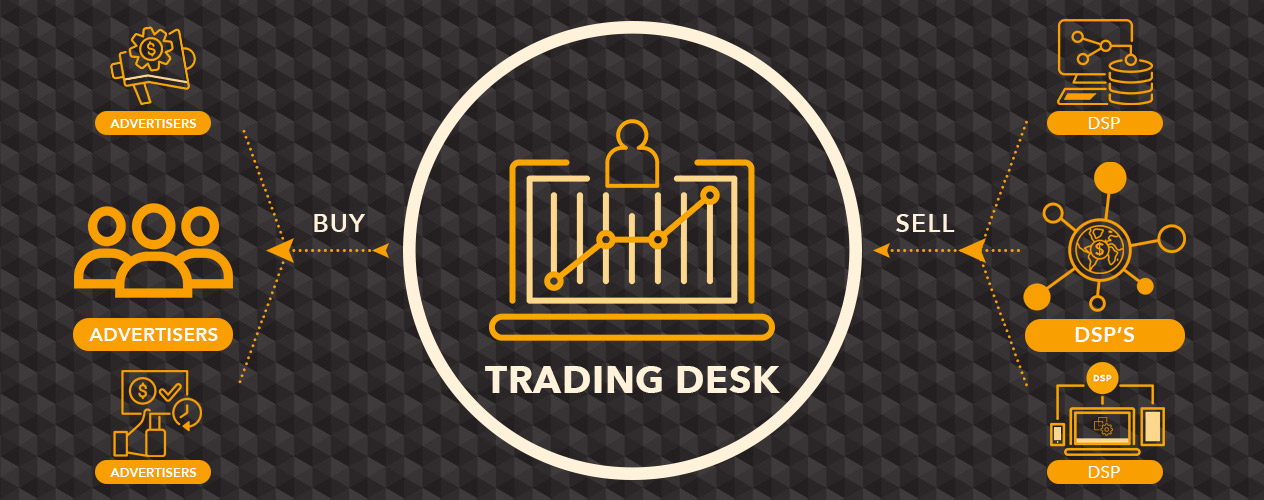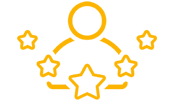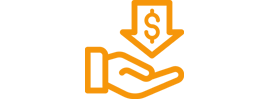Difference Between Independent Trading Desks and DSPs

What Is Programmatic Advertising?
Programmatic advertising refers to the manner in which Trading Desks, Demand Side Platforms, and Supply Side Platforms use automated processes for the buying and selling of digital advertising space. Simply put, it is the practice of using software to buy digital advertisements. Here, machines and artificial intelligence replace human negotiations and human errors.
A considerable number of marketers opt for programmatic advertising for a variety of reasons. It allows marketers to spend their time on making strategic marketing decisions than doing base paperwork. That makes marketing and advertising campaigns more effective and efficient and helps you track insights and pricing at the tap of your finger. It also provides for transparency between advertisers and publishers, thereby bringing you the results you need without having to forage for it.
Given the rate with which technology is evolving, it is not surprising to note that by 2021, digital ad spend will likely represent a majority of all U.S. ad spends. That has further helped programmatic advertising grow from 65% in 2015 to 83.60% in 2019 in total U.S. digital ad spend. As digital advertising grew, so did the need for an automated marketplace. Now, advertisers and publishers needed automated processes and methods to manage transactions and execute performance at scale. That opened the doorways for new technology and agencies to come in. It led to the creation of Demand Side Platforms, Supply Side Platforms, and Trading Desks.


